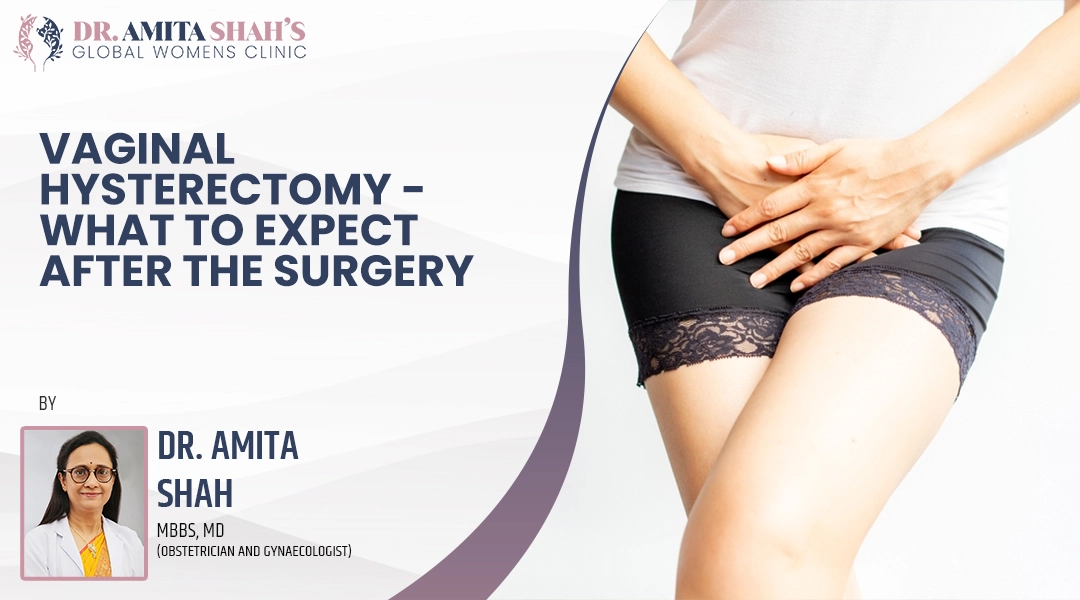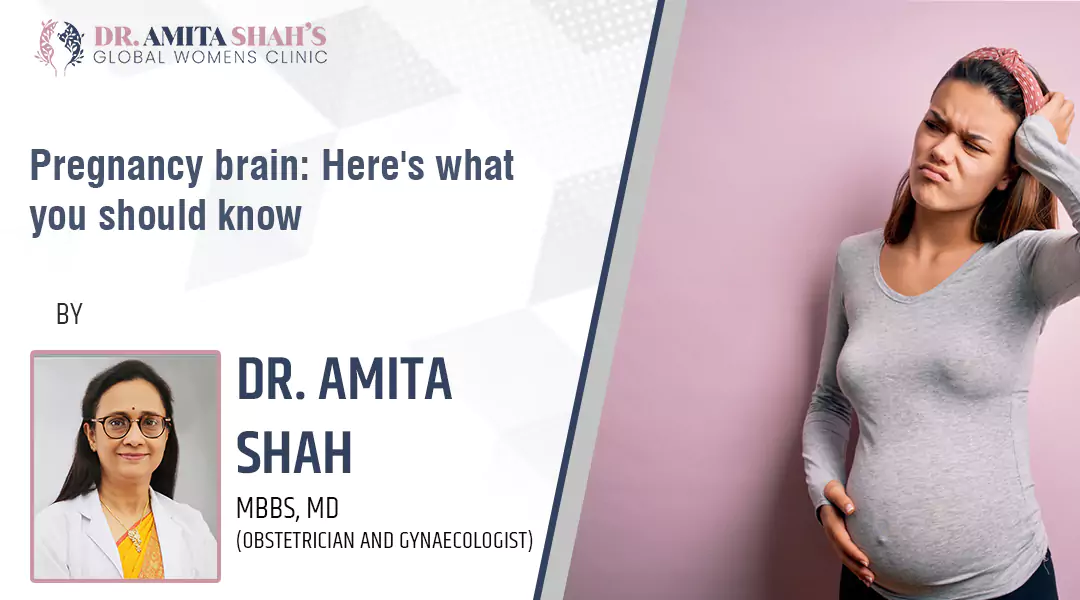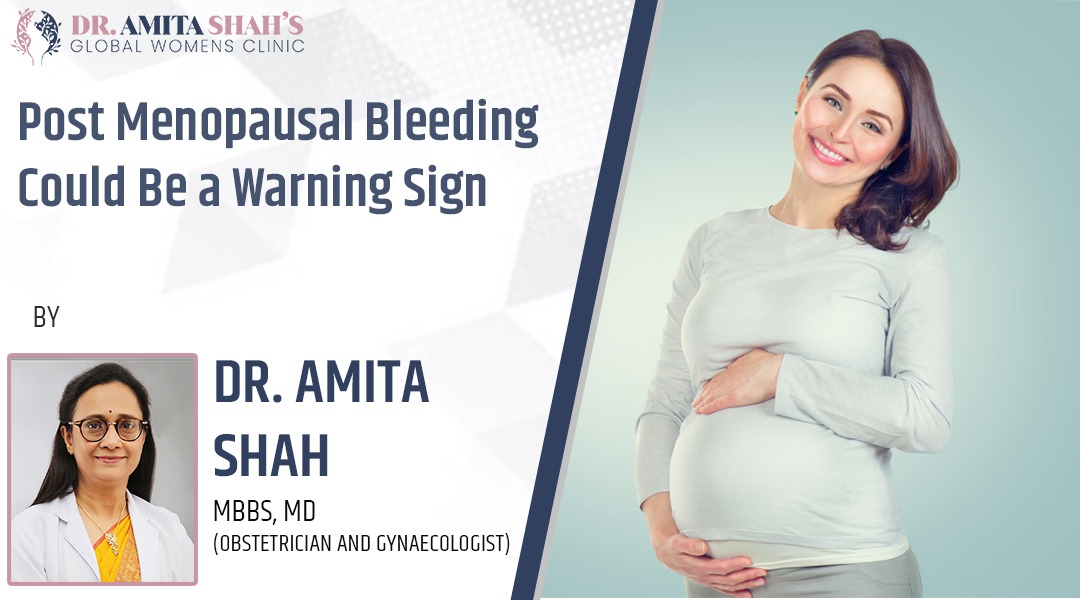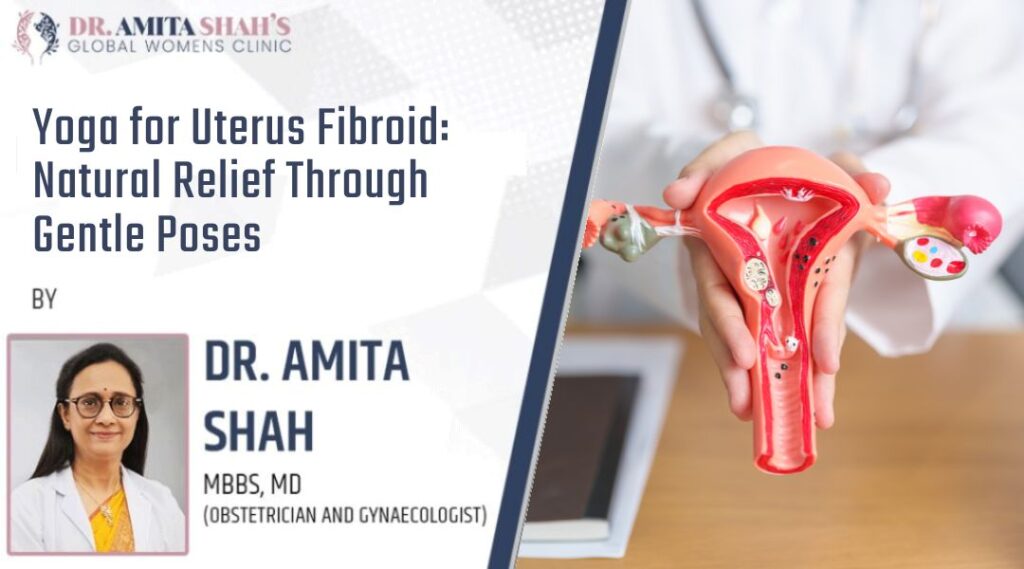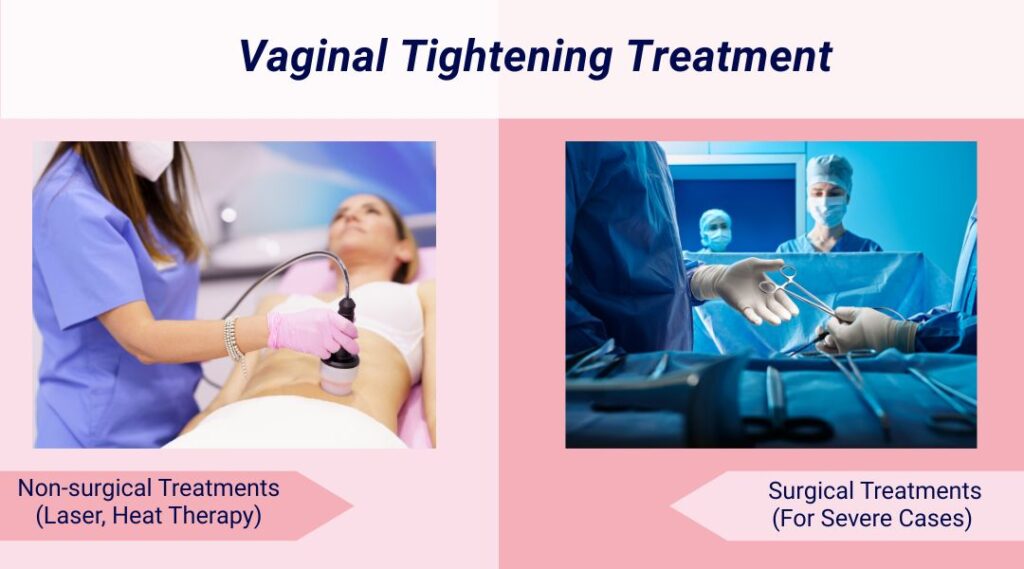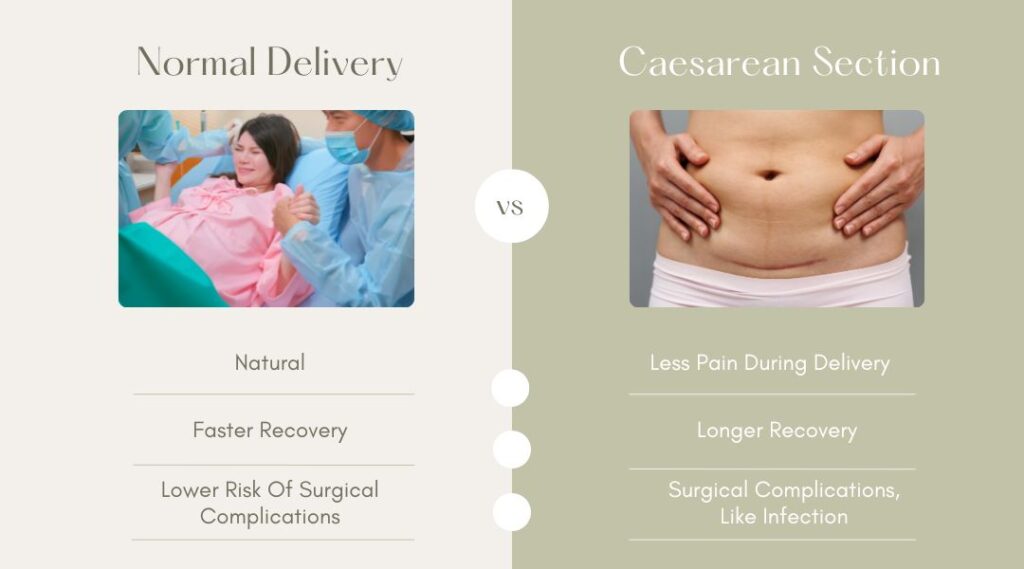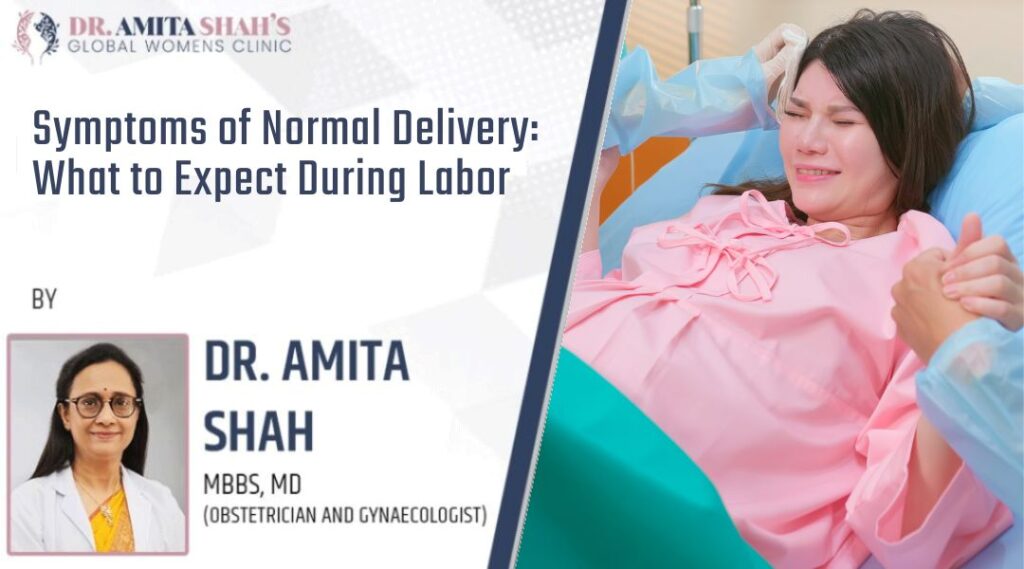What is Hysteroscopy?
Hysteroscopy is a minimally invasive procedure in which a thin telescope is inserted inside the uterus through the cervix to examine the uterine lining for any pathology. This hysteroscopy procedure is very safe and simple, used for both diagnostic and therapeutic purposes. When it is used for diagnosis, it is called a hysteroscopy test or Diagnostic Hysteroscopy, and when used for treatment purposes, it is known as Operative Hysteroscopy or hysteroscopy surgery.
For those unfamiliar, the meaning of hysteroscopy refers to directly viewing the uterine cavity using a hysteroscope, which is especially helpful in fertility evaluations and abnormal bleeding cases.
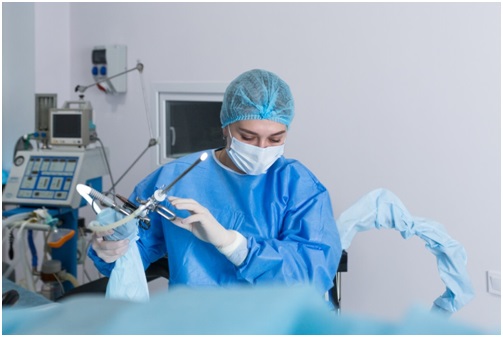
Diagnostic Hysteroscopy
What is Diagnostic Hysteroscopy?
It is usually conducted on a day-care basis with either general or local hysteroscopy anaesthesia and takes about ten minutes to perform. However, now it can also be done in OPD without anaesthesia, which is also called Office Hysteroscopy. For those wondering how long is a hysteroscopy, the answer is generally short and quick.
The first step of hysteroscopy procedure steps involves cervical dilatation – stretching and opening the canal of the cervix with a series of dilators. Then the hysteroscope, a narrow lighted telescope, is passed through the cervix and into the lower end of the uterus. The doctor systematically examines the lining of the cervical canal and the lining of the uterine cavity and looks for the internal openings of the fallopian tubes where they enter the uterine cavity, called the tubal ostia.
If required, hysteroscopy-guided biopsy and curettage (a surgical scraping of the inside of the uterine cavity) are performed after the procedure, and endometrial tissue is sent for pathological examination. This may be referred to as a hysteroscopy biopsy. The results are known as hysteroscopy results and help in deciding further treatment.
Many conditions that can be diagnosed on diagnosis hysteroscopy include Submucous Fibroids, Uterine Polyps (which may require hysteroscopy and polypectomy or polyps hysteroscopy), Adhesions or scarring of the uterus, Uterine septum or other congenital malformations, Misplaced Copper T, and Tubal (ostia) blockage.
In almost all cases of IVF, a Diagnostic Hysteroscopy is needed to evaluate the uterine cavity and check the patency of tubes. This is a common part of IVF hysteroscopy care. It’s also combined with procedures like hysteroscopy and D&C or D&C hysteroscopy for detailed assessment and tissue sampling.
Recovery after the procedure is usually smooth. After hysteroscopy what to expect varies, but most women experience only mild spotting or cramping. The hysteroscopy recovery time is generally short, with women returning to normal activities soon after. Most describe a hysteroscopy normal experience as safe and tolerable.
Some women prefer to watch a hysteroscopy procedure video before the treatment to feel better prepared.
What is Operative Hysteroscopy?
It can treat many of the abnormalities found during diagnostic hysteroscopy at the time of diagnosis. The procedure is very similar except that operating instruments can be placed into the uterine cavity through a channel in the operative hysteroscope.
Operative hysteroscopy helps to remove uterine polyps and is often used for hysteroscopy and removal of polyps. It also helps in resecting adhesions or scarring of the uterine lining. In some cases, hysteroscopy septum resection is performed to treat congenital defects. Misplaced Copper T can be removed easily.
Large Submucous Fibroids can be resected safely without any incision using myomectomy hysteroscopy. Endometrial ablation via hysteroscopy operation helps to treat Endometrial Hyperplasia in many women with Abnormal Uterine Bleeding. Infertility caused by tubal or ostia blockage can be treated by passing stents during laparoscopic hysteroscopy.
Some cases may combine hysteroscopy and myomectomy for treating fibroids effectively. The cost for hysteroscopy depends on the hospital, surgeon expertise, and whether diagnostic or operative techniques are involved.
When Do You Require Hysteroscopy?
You may need to undergo hysteroscopy if you are suffering from abnormal uterine bleeding, post-menopausal bleeding, or not having periods for a prolonged time after an abortion. In cases of recurrent abortions, infertility, or a misplaced copper T, hysteroscopy may be essential. It is often paired with hysteroscopy for IVF or as part of the IVF hysteroscopy workup.
Depending on your situation, your doctor may recommend a hysteroscopy vs laparoscopy, especially in cases requiring a comprehensive view of the pelvic area.
Though rare, patients should be informed of the hysteroscopy side effects or side effects of hysteroscopy, which may include slight discomfort, cramping, or minor bleeding for a short period.
Doctor Profile
Dr Amita Shah is a leading gynaecologist in Gurgaon with vast experience in treating all major and minor female problems. She is the founder of ‘Global Women Clinic’ in Palam Vihar, Gurgaon. For more information or an appointment with Dr Amita Shah, please call 9773975611


